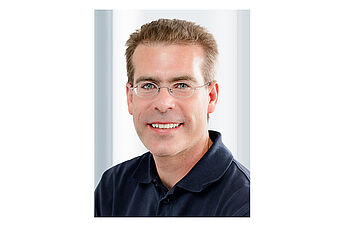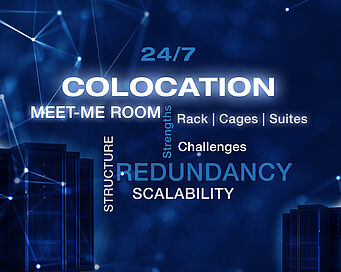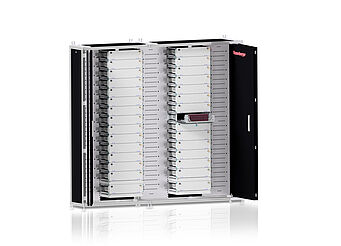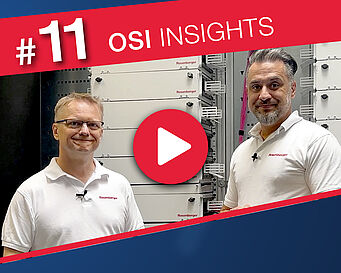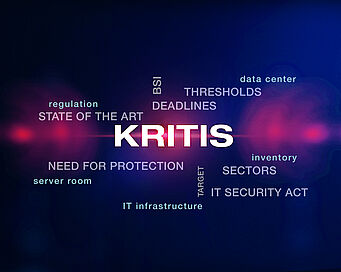Important steps on the path to data center modernization
Many of our customers want to make their IT infrastructures ready for the challenges of the future. But if such projects are not to take on massive proportions then it is vital to pay attention to the details. The starting point is a customized, comprehensive examination of the IT applications, processes and structures. In this interview, our process manager Martin Lukas explains the other steps that are important on the path to data center modernization.
Rosenberger OSI performs a complete site survey during which the IT infrastructure is analysed in depth. What is the procedure for doing this?
Martin Lukas: „This is a highly detailed process. We talk to the customer about their IT strategy, their business model, their applications and their pain points. This forms the basis for our analysis, during which we look closely at the existing IT infrastructure in the light of the various identified aspects. This results in the development of an initial planning proposal. Our services cover every stage of datacenter consolidation, starting with advice on the development of an IT strategy through the decision-making phase and the drafting of a detailed concept and on to accompaniment and support during the implementation of the measures.“
What are the key aspects when choosing a particular solution?
Martin Lukas: „When it comes down to it, the technology only takes second place. More important is the business model which has to be transposed into a suitable IT strategy. This determines where the applications run and the data is located. Consequently, the results of the analysis are open to interpretation and allow for the possibility not only of a central datacenter but also of Edge and Cloud computing solutions as potential options.“
That all sounds very complicated: On the one hand, the business model and, on the other, the technical applications. It must take a lot of relevant experience and expertise to find the optimum solution?
Martin Lukas: „Yes, this type of project can very quickly become a mammoth task. This is because just making the strategic decisions regarding the operational model demands very extensive preliminary planning and design effort. The subsequent approach is very different depending on the weighting given to the three underlying options – on-premises (including private Cloud), colocation or public Cloud. Thanks to the very many projects that we have already completed, we are able to call on a vast body of experience."


